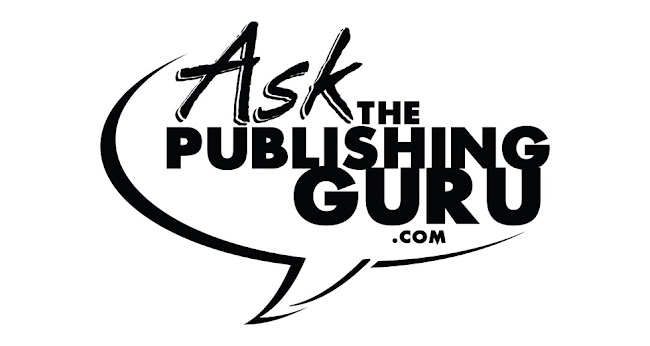
The great America poet Emily Dickinson is known as one of the country’s most unique, and prolific poets. A famous recluse, Dickinson spent countless hours outdoors observing and playing in nature and countless hours inside documenting what she observed in the form of poetry. She wrote hundreds such poems.
But, she was never considered a poet, and in fact her work lay collected in a box for many years after her death until it was discovered and published into a book. Today, an anthology of her work can be found in paperback with a spine that is three inches thick.
Most poetry books, of course, are considerably smaller. But the point is that while poems are meant to be read and understood and appreciated as stand-alone “stories,” they can very successfully be published into book form.
How that is accomplished is matter of the writer and editor’s preferences; however, books of poetry are often published around thematic similarities that run through the individual poems. The themes can be actually embedded in the poems themselves. They can, for example, all address the topic of love, or greed, or the autumn or ocean tides. Or they can share a theme that has to do with how or where they were created- for example, in prison, while waking in the woods, at a seaside bungalow.
Arranging poems around a theme is an art form all its own. Ultimately, when done well, the arrangement of the poems tell a separate (though sometimes related) story all their own. For example within a book of poems on the theme of love, the poems could be arranged chronologically and tell a story of love desired, pursued, won, deteriorated, lost, grieved over, and forgotten.
Poems are meant to be unpacked to reveal the nested story or stories within; this is part of the delight they offer. Collecting poems into a book opens up even greater opportunity to extend a poetic metaphor over the course of several poems.
How that is accomplished is matter of the writer and editor’s preferences; however, books of poetry are often published around thematic similarities that run through the individual poems. The themes can be actually embedded in the poems themselves. They can, for example, all address the topic of love, or greed, or the autumn or ocean tides. Or they can share a theme that has to do with how or where they were created- for example, in prison, while waking in the woods, at a seaside bungalow.
Arranging poems around a theme is an art form all its own. Ultimately, when done well, the arrangement of the poems tell a separate (though sometimes related) story all their own. For example within a book of poems on the theme of love, the poems could be arranged chronologically and tell a story of love desired, pursued, won, deteriorated, lost, grieved over, and forgotten.
Poems are meant to be unpacked to reveal the nested story or stories within; this is part of the delight they offer. Collecting poems into a book opens up even greater opportunity to extend a poetic metaphor over the course of several poems.


